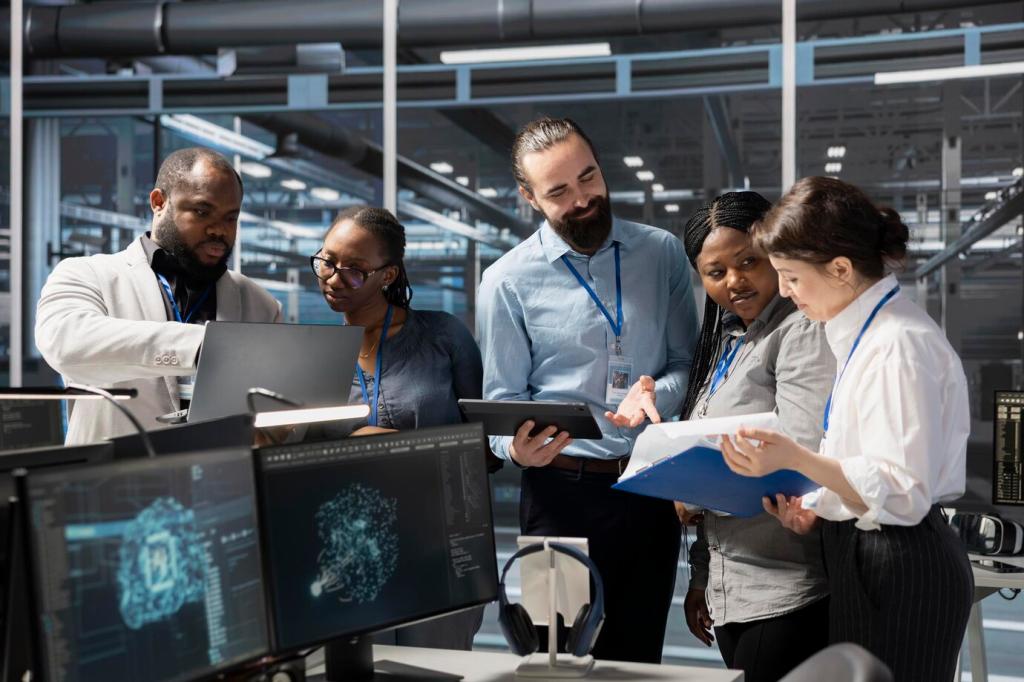Skills Employers Now Seek in VR/AR-Enabled Roles
Hiring managers care less about the latest headset specs and more about whether you can frame problems spatially, choose the right modality, and translate workflow needs into clear immersive interactions that people understand and adopt without steep training curves.
Skills Employers Now Seek in VR/AR-Enabled Roles
In XR projects, engineers, designers, safety leads, and stakeholders meet inside the same model. Being able to facilitate those sessions, annotate issues clearly, and drive decisions in real time becomes a career differentiator, not just a nice-to-have skillset.
Skills Employers Now Seek in VR/AR-Enabled Roles
A concise demo showing a guided assembly flow, eye-friendly UI, and measurable task-time reduction will outshine any resume claim. Employers want proof you can integrate content, devices, and people into a workflow that delivers reliable, repeatable improvements.



